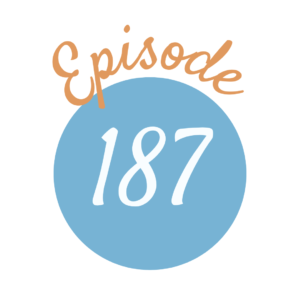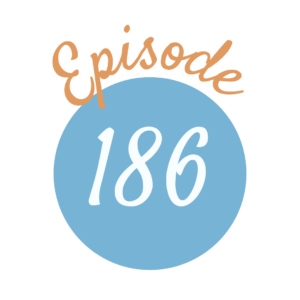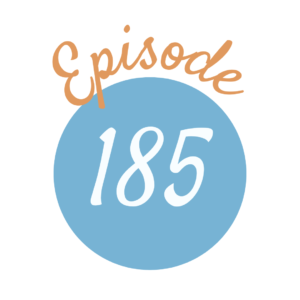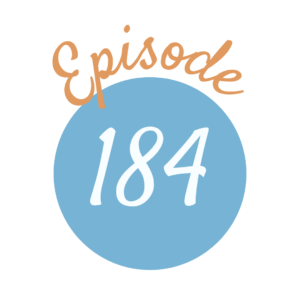
To celebrate Black Friday and Cyber Monday, A Delectable Education will be offering a 40% discount on our Curriculum Templates, Exam Planners and the following Teacher Training Videos:
- A Vision for Children: How Living Books Influence Moral Development
- Lesson Planning in a Living Education
- Charlotte Mason History for the 21st Century
- Keeping Time: History “Things”
- Science: A Vast & Joyous Realm
- Nature Study: Special Studies & Object Lessons
To take advantage of this sale, use the following discount code on the checkout page from Friday, 11/29 through Monday, 12/2 at 11:59 PM EST:
BLACKFRIDAY2019
Also, check out the discounts you can receive from these other Charlotte Mason shops:
Afterthoughts Blog – This shop has study guides, audio downloads, Swedish Drill books, event downloads and beginning Phonics lessons. Head to Brandy’s shop to see her Black Friday discounts.
A Humble Place – Will have discounts on Charlotte Mason quote apparel, mugs, totes, and prints as well as picture study resources!
Chickie and Roo – Charlotte Mason inspired card sets, Flower of the Month Club, Posters, Animal Anatomy coloring pages and more. See site for Black Friday deals.
Nature Study Hacking – Combining Nature Study lessons with Nature Journal prompts these books help beginners learn how to use a nature journal AND study nature regularly through first-hand observation. Discounts are site-wide.
Our Journey Westward Shop – Cindy’s shop has some practical Charlotte Mason Homeschooling resources along with a line of Nature Study guides. Head to her site to see deals.
Pam Barnhill’s Store– Pam has various Morning Time Plans, Homeschool organization tools, History plans and more in her store. Head to her site to see deals.
Peaceful Press – provides resources that promote family connection around learning. Head to her site to see deals.
Sabbath Mood Homeschool – Nicole’s site includes a full line of living science curriculum, helpful articles, book lists and more. Head to her site to see her Black Friday through Cyber Monday deals.
Afterthoughts Blog – This shop has study guides, audio downloads, Swedish Drill books, event downloads and beginning Phonics lessons. Head to Brandy’s shop to see her Black Friday discounts.
A Humble Place – Will have discounts on Charlotte Mason quote apparel, mugs, totes, and prints as well as picture study resources!
Chickie and Roo – Charlotte Mason inspired card sets, Flower of the Month Club, Posters, Animal Anatomy coloring pages and more. See site for Black Friday deals.
Nature Study Hacking – Combining Nature Study lessons with Nature Journal prompts these books help beginners learn how to use a nature journal AND study nature regularly through first-hand observation. Save 25% off site-wide from Black Friday-Cyber Monday.
Our Journey Westward Shop – Cindy’s shop has some practical Charlotte Mason Homeschooling resources along with a line of Nature Study guides. Head to her site to see deals.
Pam Barnhill’s Store – Pam has various Morning Time Plans, Homeschool organization tools, History plans and more in her store. Head to her site to see deals.
Sabbath Mood Homeschool – Nicole’s site includes a full line of living science curriculum, helpful articles, book lists and more. Head to her site to see her Black Friday through Cyber Monday deals.
The Peaceful Press – The Peaceful Press- Charlotte Mason inspired curriculum for a joyful homeschool. Save 25% storewide on Black Friday.









